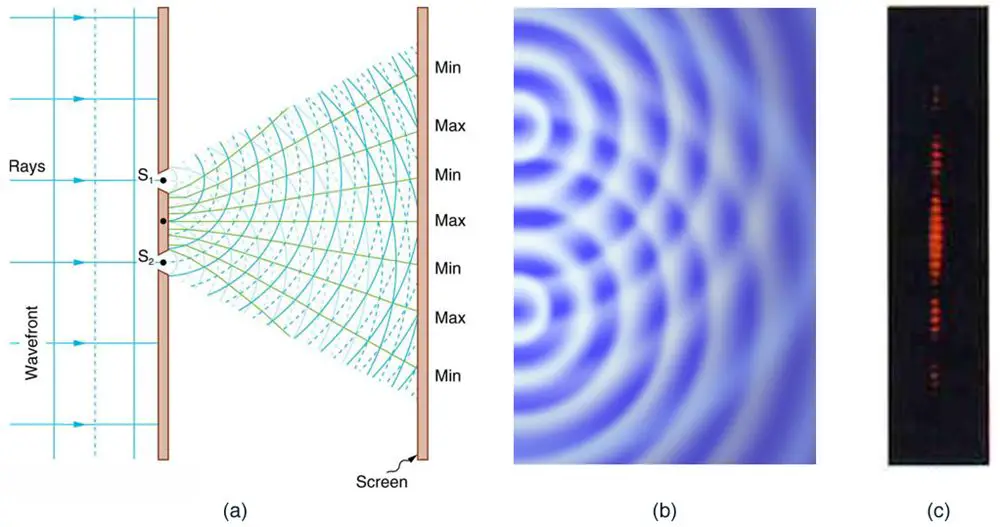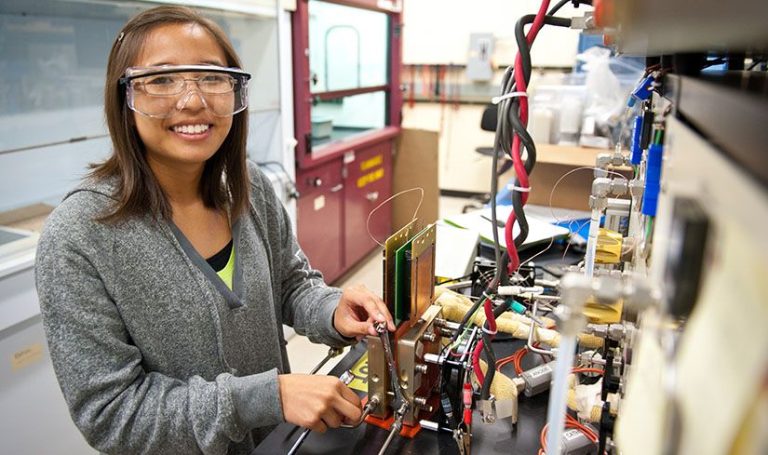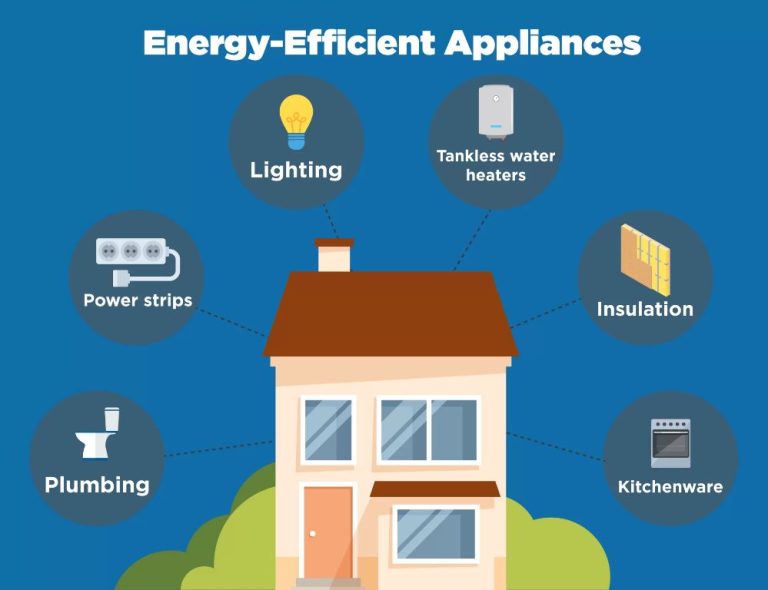What Are Some Light Experiments?
Light experiments involve investigating the properties and behaviors of light. They allow scientists to better understand the nature of light and how it interacts with matter. Light experiments have enabled many key discoveries in optics and physics. They continue to have applications in diverse fields like medicine, communications, manufacturing, and more.
There are numerous types of light experiments that can be conducted. Some common categories include measuring the speed of light, observing phenomena like refraction, diffraction, interference, and dispersion, analyzing polarization, fluorescence studies, and photometric measurements. Each type of experiment provides insights into different characteristics of light.
Performing light experiments is crucial for expanding scientific knowledge. The results further our understanding of optics, electromagnetism, and quantum mechanics. Findings from these experiments have led to revolutionary inventions like lasers, fiber optic telecommunications, and semiconductor devices. They also aid the development of microscopes, telescopes, cameras, and other optical instruments. Overall, light experiments illuminate the mysteries of light and its integral role in our universe.
Measuring Speed of Light
Some of the earliest experiments to measure the speed of light include:
Fizeau’s spinning cog experiment – In 1849, French physicist Armand Fizeau used a beam of light shone between the teeth of a rapidly spinning cogwheel. By rotating the wheel faster, less light passed through the gap between the teeth, allowing Fizeau to calculate the speed.
Michelson’s rotating mirror experiment – In 1879, Albert Michelson rotated mirrors to reflect light beams back and forth, allowing him to precisely measure the time it took for light to travel a specific distance. This gave a very accurate measurement of the speed of light.
Modern methods – Today, the speed of light is measured even more precisely using fast electronics such as cavity resonance techniques based on atomic clocks and frequency combs. These can accurately time pulses of light over long distances.
Refraction
Refraction refers to the bending of light waves as they pass through different mediums. This occurs because light travels at different speeds through materials like air, water and glass. As light enters a new medium that slows it down, the part of the wavefront that enters first starts to lag behind the part still traveling through the original medium. This causes the wavefront to change direction and bend.
One classic example of refraction is when light passes through a prism. The prism’s angled glass surfaces refract the light in different directions based on wavelength, splitting white light into a rainbow spectrum of colors. Shorter wavelengths like violet bend the most, while longer wavelengths like red bend the least.
The amount of refraction can be quantified using Snell’s law, which relates the angles and refractive indices of the two materials. For example, when light goes from air to water, the change in speed causes it to refract towards the perpendicular. This law explains phenomena like lenses and the apparent bending of objects under water.
Diffraction
Diffraction occurs when a wave encounters an obstacle or opening that is comparable in size to the wavelength. Light will bend around corners and spread out when passing through small openings due to diffraction. There are several important diffraction experiments involving light.
Single Slit Diffraction
In single slit diffraction, light passes through a single narrow slit and spreads out on a screen behind the slit. The light beams passing through different parts of the slit interfere with each other, creating a pattern of bright and dark fringes on the screen. The intensity pattern has a large central bright fringe surrounded by dimmer bands that get progressively fainter. The width of the central maximum depends on the wavelength of light and the slit width.
Double Slit Diffraction
In double slit diffraction, coherent light passes through two parallel slits separated by a small distance, producing an interference pattern on a screen. Bright and dark fringes are produced due to constructive and destructive interference between the light waves from the two slits. The fringe spacing depends on the wavelength and the slit separation distance. Double slit diffraction demonstrates the wave nature of light.
Diffraction Grating
A diffraction grating has many parallel slits or grooves that split and diffract light into several beams traveling in different directions. The directions of the diffracted light depend on the wavelength, so diffraction gratings can be used as dispersive spectrometers. The light beams from the multiple slits interfere constructively in specific directions, producing a spectra with bright lines. The spacing between the spectral lines depends on the grating spacing and order.
Interference
Interference occurs when two or more waves overlap, causing the waves to add together and produce a new resultant wave. The most notable interference experiment is Young’s double slit experiment, which demonstrates the wave nature of light.

In Young’s experiment, coherent light is passed through two narrow, parallel slits, producing light waves from each slit that overlap and interfere with each other. This produces a pattern of bright and dark fringes on a screen placed behind the slits. The bright fringes occur where the waves constructively interfere by being in phase, reinforcing each other. Dark fringes occur where the waves destructively interfere by being out of phase, canceling each other out.
The spacing and intensity of the interference fringes depends on the wavelength of light and the separation between the slits. As the slit separation increases, the fringes get closer together. The double slit experiment provided definitive proof that light behaves as a wave.
Another example of interference is thin film interference. When light reflects off a thin film, like a soap bubble or oil slick, light waves reflecting off the top surface can interfere with waves reflecting off the bottom surface. Depending on the thickness of the film, this can produce constructive or destructive interference. As white light reflects off a thin film, interference causes certain wavelengths to be enhanced or suppressed, producing colorful bands called iridescence.
Polarization
Polarization refers to restricting the vibrations of light waves to a single plane. Unpolarized light consists of waves vibrating in all planes perpendicular to the direction of propagation. There are several interesting light experiments involving polarization.
One common polarization experiment uses polarizing filters. Light waves vibrating parallel to the filter’s transmission axis can pass through. Light vibrating perpendicular gets blocked. By crossing two polarizing filters, you can completely block light. If you insert a third filter between them and rotate it, some light passes through. This demonstrates how polarizers only transmit light with a specific orientation.
Another important polarization concept is Brewster’s angle. When unpolarized light reflects off a surface at this special angle, the reflected light becomes partially polarized perpendicular to the plane of incidence. The angle depends on the refractive indices of the two materials. Brewster’s angle can be calculated and verified experimentally. These polarization experiments help illustrate the wave nature of light.
Dispersion
Dispersion refers to the phenomenon where white light splits into its constituent colors when passing through a prism. This occurs because the different wavelengths (colors) of light bend at slightly different angles when they move from one transparent medium (like air) to another (like glass).
Longer wavelengths like red bend the least, while shorter wavelengths like violet bend the most. This separates the colors that make up white light into the visible spectrum we see in a rainbow. When sunlight passes through raindrops, dispersion causes the light to spread out into the colors of the rainbow.
Dispersion experiments are classic optics demonstrations. Shining a flashlight through a prism or diffraction grating splits up the white light into the rainbow spectrum. Teachers often use prisms and diffraction gratings to introduce students to dispersion and spectroscopy concepts. Home rainbow experiments with sunlight and a garden hose, prism, or CD can also visually showcase the dispersive effects at work in nature.
Fluorescence
Fluorescence refers to the ability for certain substances to absorb and re-emit light. Many materials will glow brightly when exposed to ultraviolet black light. This leads to some fun fluorescence experiments that can be done at home.
One of the most common black light experiments is looking at glow-in-the-dark or fluorescent posters and paintings. These contain fluorescent pigments that glow when exposed to UV light. Highlighter markers also contain fluorescent ink. Shining a black light on a page covered in highlighter marks makes for an easy fluorescence experiment.
There are many fluorescent minerals that can be observed under UV light, such as calcite, fluorite, and ruby. Collecting different mineral samples and viewing them under black light shows a wide variety of fluorescent colors and intensities. The fluorescence of minerals depends on impurities within their crystal structure.
Other common household items like detergents, vitamin supplements, and tooth whiteners can glow brightly under UV light due to fluorescent whitening agents. Antifreeze, tonic water, and chlorophyll in plants will also fluoresce under black light.
Photometry
Photometry refers to the measurement of light intensity. It is a crucial tool in understanding light properties and performing optics experiments. The main principles of photometry are:
Measuring Light Intensity: Photometers are devices used to measure light intensity. Common photometers include light meters in cameras that measure scene brightness and lab equipment like spectrophotometers. These tools quantify light intensity across different wavelengths.
Inverse Square Law: The intensity of light decreases proportional to the inverse square of the distance from the light source. For example, doubling the distance from a light source decreases its intensity to 1/4th the original value. Using the inverse square relation allows calculating light intensity at different distances.
Understanding light intensity decay is key for applications like flash photography, stage lighting, and determining light pollution. Performing experiments that verify the inverse square law provides insight into the nature of light propagation.
Conclusion
In summary, there are several key light experiments that provide insights into the nature of light. Measuring the speed of light reveals that it has a finite value and universal constant. Experiments with refraction demonstrate how light bends when passing through different media. Diffraction experiments show light can bend around corners and openings. Interference reveals the wave nature of light through constructive and destructive patterns. Polarization filters allow selecting specific wave orientations. Dispersion shows light is made of different wavelengths. Fluorescence illuminates interactions between light and matter. Photometry quantifies light intensities and distributions.
The applications of what we learn from these light experiments are numerous. Understanding light properties allows developing optical technologies like glasses, cameras, microscopes and telescopes. Knowledge of light behavior aids fields like optics, photonics, astronomy, quantum mechanics and more. Insights into light and matter interactions enable laser technology, LEDs, solar cells and other innovations. Overall, the fascinating world of light experiments continues illuminating discoveries that shape science and society.





